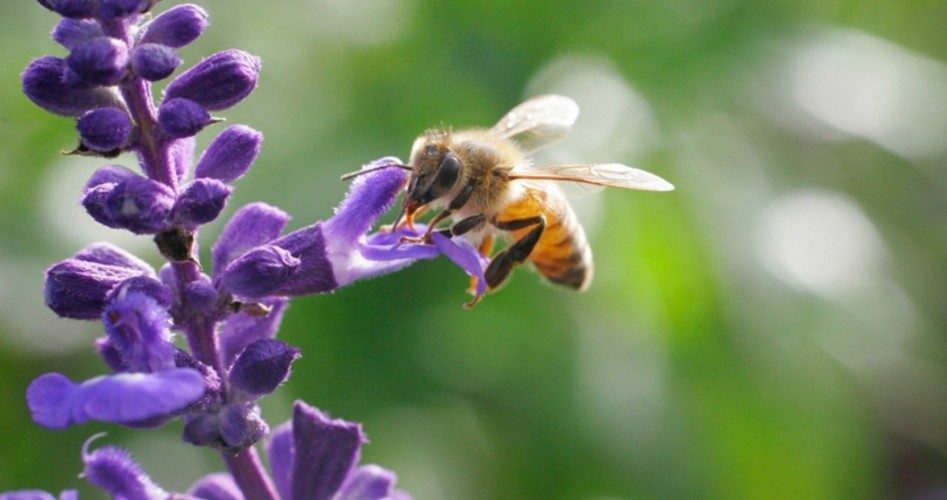
One year and $82 million after the Obama administration launched its Pollinator Health Task Force, honey bee colonies are doing great — just as they were one year before the advent of Obama’s costly initiative. In fact, 2014 witnessed a 20-year high in numbers of managed honey-producing colonies, according to the most recent data available from the U.S. Department of Agriculture (USDA).
So why do we need a Pollinator Health Task Force? Obama’s excuse is that honeybees are dying in record numbers, jeopardizing both honey production and $15 billion worth of pollinated food crops.
The problem is a syndrome first identified in 2006 and dubbed Colony Collapse Disorder (CCD). It’s characterized not by a hive full of dead bees, but by the mysterious disappearance of adult bees from their colonies. With no dead bees to examine, pathologists remain at a loss. Over the past decade, researchers have hypothesized that a combination of factors (e.g. nutritional deficits, habitat loss, parasites and disease, pesticides, and genetics) may contribute to CCD. For example, a 2012 study conjectures that neonicotinoid insecticides disrupt bees’ foraging habits and their ability to find their way home. Earlier research speculated that the same pesticides might make bees more susceptible to parasites that disrupt reproductive abilities. But the question of where the missing bees went remains definitively unanswered.
Nevertheless, U.S. honey farmers have maintained fairly steady hive totals over the past two decades. Honey-producing colonies numbered 2.77 million in 1994, 2.56 million in 2004, and 2.74 million in 2014. How have they managed it? Quite simply, seasonal die-offs are nothing new, and beekeepers know how to deal with them. They buy new bees.
The Property and Environment Research Center located in the nation’s second leading honey production state, Montana, notes that a number of companies nationwide sell bees — either a queen alone or “packages” of insects by the pound. Despite CCD, those companies aren’t going under from lack of inventory, which indicates that the situation may not be as dire as Obama’s $82 million honey bee health scheme would have us believe. But CCD has certainly meant an uptick in sales for these marketers. And their increased sales explain the steady numbers of managed hives nationwide.
You may have noticed the effect at your local grocery store. The National Honey Board reports a near doubling in retail prices of honey since 2006. And there’s another less obvious added cost, which producers of fruit and tree nuts pass along to their customers. These farmers often seasonally rent bee colonies to pollinate their crops. Not surprisingly, pollination fees have roughly doubled during the past decade.
But it’s taxpayers who are really getting stung. The federal government spent $48 million in 2015 “to address pollinator health,” as explained in the White House’s 58-page treatise, the “National Strategy to Promote the Health of Honey Bees and Other Pollinators.” What good came of the $48 million worth of programs, you ask? “These efforts have proven insufficient to reverse declines,” reads the paper, the authors of which are clearly oblivious to USDA data. Yet in keeping with its characteristic never-let-a-contrived-crisis-go-to-waste approach, the Obama administration upped this year’s funding by more than 70 percent to $82 million. This includes $56 million for the USDA to perform “research and associated statistical survey programs.” In other words, an additional $56 million swarm of bureaucratic paper pushers on Capitol Hill. Would it be unrealistic to expect that in 2017, the White House is going to report words to the effect that “these efforts have proven insufficient to reverse declines”?
So despite all the buzz over a supposed “beepocalypse,” the real tragedy is rampant, unconstitutional government waste on an issue that should be left for beekeepers and the free market to handle on their own. Somebody needs to tell the feds that it’s none of their darned beeswax.




